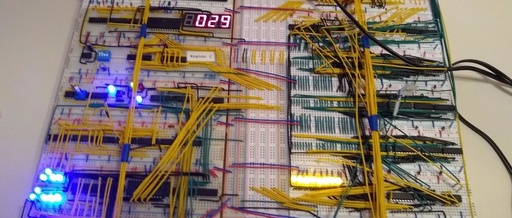System Practice Learning ARMv8 Assembly – Course 4
Course 4: Detailed Explanation and Practical Application of ARMv8 Assembly Pseudo Instructions Pseudo instructions (Directives) are auxiliary instructions provided by the assembler to control code generation, data allocation, segment structure, etc.,which do not directly translate into machine code. Below is a classification and example analysis of commonly used pseudo instructions in ARMv8 assembly: 1. Segment … Read more









